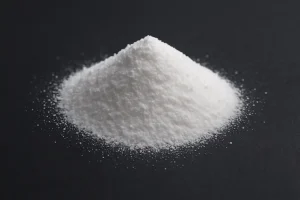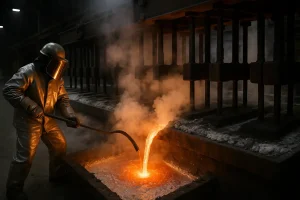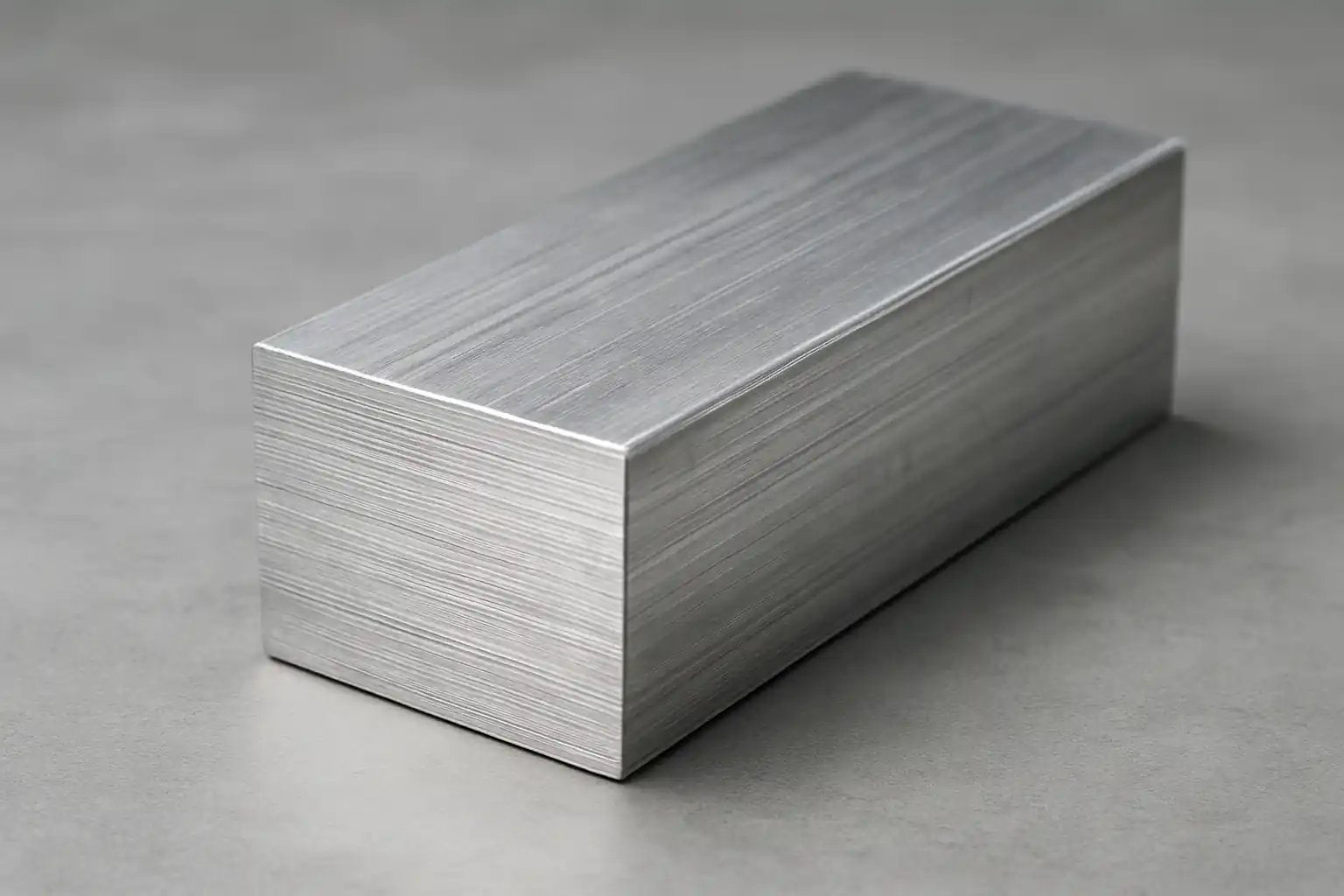The History of Aluminum Processing: From Luxury to Industrial Revolution
The story of aluminum began in the 19th century, when it was considered a precious metal rarer than gold. Due to primitive and costly extraction methods, such as using chemicals like potassium or sodium to reduce aluminum from its salts, pure aluminum products were exclusive luxuries for royalty and the wealthy. One famous example is Napoleon III’s state dinners, where his most esteemed guests were served with aluminum cutlery, while others were given mere silver.
This all changed in 1886 with a revolution in technology. Working independently in different countries, a young American named Charles Martin Hall and a young Frenchman named Paul Héroult both invented a groundbreaking electrolytic technique. Known as the Hall-Héroult Process, their shared discovery made the large-scale extraction of aluminum from alumina possible. This drastically cut production costs and caused the price of aluminum to plummet by over 80% in just a few years, making it accessible to the masses and transforming it from a scientific curiosity into a practical industrial material.

This invention marked aluminum’s complete transformation. As production became more efficient, engineers began exploring ways to process this lightweight, corrosion-resistant metal. Early methods were relatively crude, but as industrial technology advanced, especially in the 20th century, modern techniques like Extrusion, Die Casting, and CNC Machining were developed. These precision processing methods collectively drove aluminum’s widespread adoption in aerospace, automotive, electronics, and construction, solidifying its status as an indispensable cornerstone of modern industry.
The Complete Aluminum Processing Workflow
The complete aluminum processing workflow is a complex process from ore to final product, primarily divided into three stages: raw material mining and refining, smelting into metal, and metal processing and manufacturing.
Bauxite Mining
The raw material for aluminum is bauxite, an ore primarily containing aluminum oxide (Al2O3). It’s typically extracted through open-pit mining. However, not all bauxite deposits are economically viable. The standard for mining is determined by two main factors:
-
Alumina Content (Al2O3): To be considered high-grade and worth processing, bauxite must have a sufficient alumina content, generally exceeding 40%. A higher percentage means less ore is needed to produce the same amount of aluminum.
-
Mineral Composition: Bauxite is a mixture of aluminum hydroxide minerals. The most common are gibbsite, boehmite, and diaspore. Deposits rich in gibbsite are highly preferred because this mineral requires a lower temperature to dissolve during the refining process, making it significantly more cost-effective to process.

Global bauxite reserves are currently concentrated in a few key countries, which directly influences the structure of the worldwide aluminum industry. According to the latest data, the reserves of the main countries are as follows:
| Country | Bauxite Reserves (in billion metric tons) | World Share (%) |
| Guinea | 7.4 | 25.5% |
| Vietnam | 3.7 | 12.8% |
| Australia | 3.5 | 12.1% |
| Brazil | 2.7 | 9.3% |
| Indonesia | 2.8 | 9.7% |
| China | 0.68 | 2.3% |
| Jamaica | 2.0 | 6.9% |
| India | 0.65 | 2.2% |
| Guyana | 0.85 | 2.9% |
| Russia | 0.4 | 1.4% |
| Kazakhstan | 0.16 | 0.6% |
Data Source: U.S. Geological Survey (USGS) 2024 Report. Total Global Reserves: 29 billion tons.
Preparing Alumina
The mined bauxite is first sent to the plant for washing and crushing into a fine powder. This powder is then placed in large, pressurized vessels and mixed with a hot, high-pressure sodium hydroxide (caustic soda) solution. In this crucial chemical reaction, the aluminum oxide in the bauxite dissolves, forming a sodium aluminate solution. The undissolved impurities, such as iron oxide and silica, are then separated and filtered out, forming a byproduct known as “red mud.” This entire process is called the Bayer Process, the first milestone in aluminum refining.
Crystallization and Calcination
The purified solution is then pumped into large tanks to be cooled, a process that causes aluminum hydroxide crystals to precipitate out. These white crystals are collected and washed before being sent to a calcining kiln to be heated at temperatures above 1,000°C.
Calcination is the critical step for removing water, which transforms the aluminum hydroxide into high-purity alumina powder (Al2O3). This fine, white powder is the sole raw material for the next stage: electrolytic smelting.

Phase 2: Electrolytic Smelting (The Hall-Héroult Process)
This is the revolutionary step that transforms alumina powder into pure aluminum metal. It’s a highly energy-intensive but extremely efficient electrolytic process.
-
Fused Electrolysis
Since alumina’s melting point is an extremely high 2072°C, direct smelting is prohibitively expensive. The Hall-Héroult Process ingeniously solves this by dissolving the alumina in molten cryolite. Cryolite acts like a special solvent, lowering the melting point to about 950°C while creating a conductive electrolyte. This allows the entire smelting process to proceed efficiently at a much lower temperature.

-
Producing Pure Aluminum
Inside a large electrolytic cell, a powerful direct current is passed through. The cell acts as a giant battery where the alumina decomposes under the current’s influence. During this process, oxygen (O2) is attracted to the carbon anodes, reacting to form carbon dioxide (CO2). Simultaneously, molten pure aluminum is attracted to the cathodes. Because the liquid aluminum is denser than the cryolite, it sinks to the bottom of the cell, forming a pure liquid layer.
-
Casting and Molding
As production continues, workers regularly siphon the liquid pure aluminum from the bottom of the cell. The aluminum, typically over 99.5% pure, is then poured directly into molds to form various shapes of ingots. These ingots are known as “primary aluminum” and are shipped to downstream processing facilities to become the raw material for various aluminum products.
Phase 3: Metal Processing and Manufacturing
The cast aluminum ingots can be shaped into various products using different methods, depending on the application and alloy type:
-
Extrusion: The heated aluminum ingot is pushed through a die to create long profiles with specific cross-sectional shapes, such as window frames and heat sinks.
-
Rolling: The ingot is repeatedly passed through rollers to flatten it into thin sheets, foils, or coils. This is widely used for producing aluminum cans, aircraft skin, and building panels.
-
Casting: Liquid aluminum is poured directly into a mold to solidify into a desired shape. Common methods include die casting and sand casting, which are suitable for producing complex parts like car wheels and engine components.
-
Forging: Aluminum is hammered or pressed under high pressure to deform it and increase its strength and density. This is used for manufacturing high-strength parts like aircraft landing gear.
CNC Machining: Turning Aluminum into Possibilities
As the core technology of modern precision manufacturing, CNC Machining uses computer-controlled machines to precisely cut away excess material from an aluminum block, creating intricate, high-precision parts.
Within the entire aluminum processing workflow, CNC machining is a crucial step because it transforms aluminum’s unique advantages—such as its lightweight nature, high strength, and corrosion resistance—into final products that meet the demanding requirements of high-end applications like aerospace, medical devices, and high-tech electronics.
Whether your project requires custom prototypes or large-scale production of intricate parts, our CNC machining services can provide the professional solutions you need.
[Click here to learn more about our aluminum processing services]
Aluminum Recycling and Sustainability
One of aluminum’s unique advantages is its exceptional recyclability. Used aluminum can be melted down and re-cast an infinite number of times without losing its physical properties. This recycling process is far more efficient than extracting new aluminum from ore, saving approximately 95% of the energy and significantly reducing greenhouse gas emissions. Therefore, the recycling stage is a key part of the modern aluminum industry’s move toward sustainability and a circular economy, forming the final, and equally important, step in aluminum’s complete life cycle.
Overview of the Aluminum Market
Aluminum is not only a key processing material but also a massive global market. The market size reached approximately $180 billion in 2024 and is expected to continue growing over the next decade, with Asia (including China) accounting for nearly 66% of global aluminum consumption.
This market is composed of several core segments, each with a profound impact on the value and demand for aluminum:
-
Primary Aluminum Market: This refers to raw aluminum smelted from alumina via electrolysis. Global primary aluminum production exceeded 70 million tons in 2024.
-
Recycled Aluminum Market: This is aluminum produced by melting down scrap aluminum, and it is a key driver of sustainability in the aluminum industry due to its significantly lower energy consumption compared to primary production.
-
Downstream Aluminum Processing Market: This market, which includes extruded profiles, rolled sheets, castings, and high-precision CNC machined parts, directly serves end-use applications in industries like aerospace, automotive, construction, and electronics. These sectors have extremely high demands for aluminum quality and processing accuracy. The transportation and construction industries are the largest consumers, together accounting for approximately 49% of global aluminum demand.
Key Applications and Advantages
Aluminum’s unique properties make it an indispensable material in a wide range of industries:
-
Aerospace: Its lightweight and exceptional strength-to-weight ratio are crucial for aircraft fuselages, wings, and structural components, directly improving fuel efficiency and performance.
-
Automotive: Used in car bodies, engine blocks, and wheels to reduce vehicle weight, which improves fuel economy and extends the range of electric vehicles.
-
Construction: Its corrosion resistance and durability make it ideal for window frames, building facades, and roofing, requiring minimal maintenance.
-
Packaging: Aluminum foil and beverage cans are widely used because of their excellent barrier properties against light and moisture, as well as their high recyclability.
Future Trends in the Aluminum Industry
The aluminum industry is continuously evolving to meet the demands of a modern, sustainable world:
-
Green Smelting Technologies: Research is focused on developing inert anode technology to replace traditional carbon anodes. This would eliminate the emission of carbon dioxide during the smelting process, a major step toward a carbon-neutral industry.
-
Circular Economy: There’s a growing push to increase the use of recycled aluminum, driven by both environmental goals and economic efficiency. The future will see more robust collection and recycling networks.
-
New Applications: The rise of electric vehicles and renewable energy storage is creating new demand for aluminum, particularly for lightweight battery enclosures and structural components in green energy technologies.
FAQs
To help you better understand the aluminum processing workflow, we’ve compiled answers to some common user questions.
How is aluminum processed?
Aluminum can be processed in many ways, primarily depending on the final product’s requirements. Common methods include extrusion (for long profiles), rolling (for sheets and foils), casting (for complex parts), and CNC machining (for high-precision components).
What is the process for refining aluminum?
The aluminum refining process consists of two main stages:
-
The Bayer Process, which refines bauxite ore into high-purity alumina powder.
-
The Hall-Héroult Process, which melts the alumina into pure aluminum metal using a powerful electrical current.
Is aluminum easy to machine?
Yes, aluminum is a very easy metal to machine. It’s soft and has excellent ductility and malleability, while its outstanding strength-to-weight ratio makes it perform exceptionally well during processing. For CNC machining, aluminum is often considered one of the best materials for cutting.
Can we produce 100% pure aluminum?
In commercial production, it is typically not possible to produce 100% pure aluminum. The “pure” aluminum we use daily is usually between 99.5% and 99.9% pure, containing trace amounts of impurities. For most industrial and commercial applications, this level of purity is sufficient and meets all performance requirements.
Conclusion and Outlook
From a rare and precious metal once more valuable than gold, to today’s lightweight, efficient, and infinitely recyclable cornerstone of industry, the story of aluminum perfectly illustrates how technology drives an industry toward a more efficient and sustainable future.
If you have any needs for precision machining of aluminum or wish to turn your project ideas into reality, feel free to contact us. We look forward to collaborating with you and creating value together.



